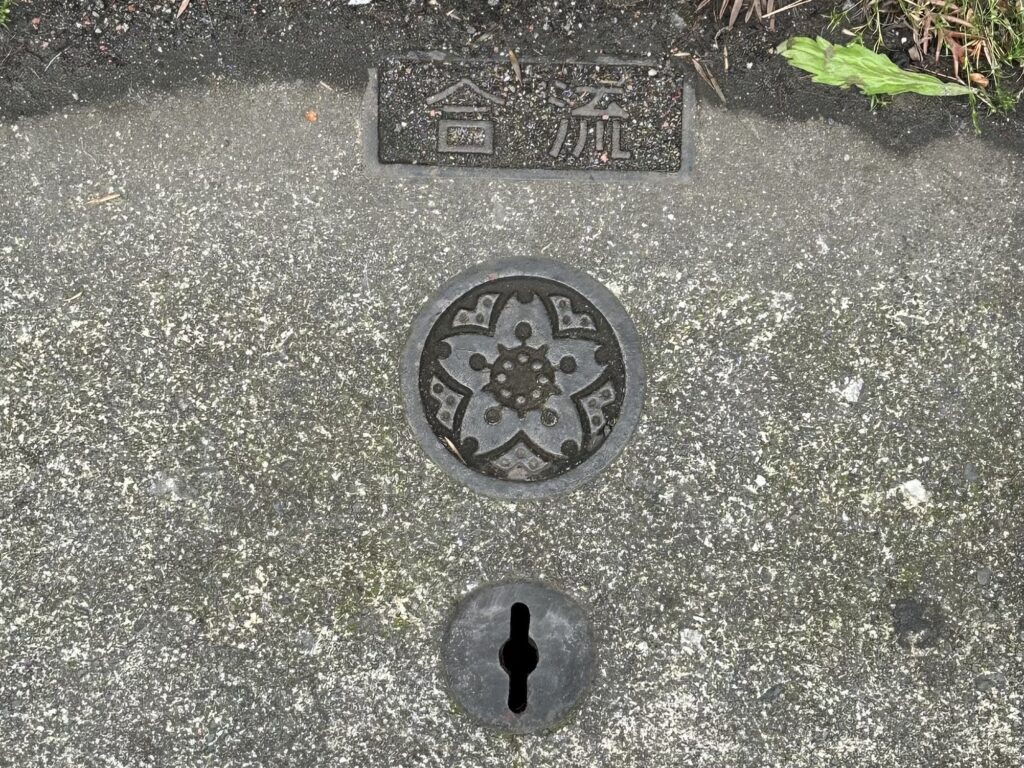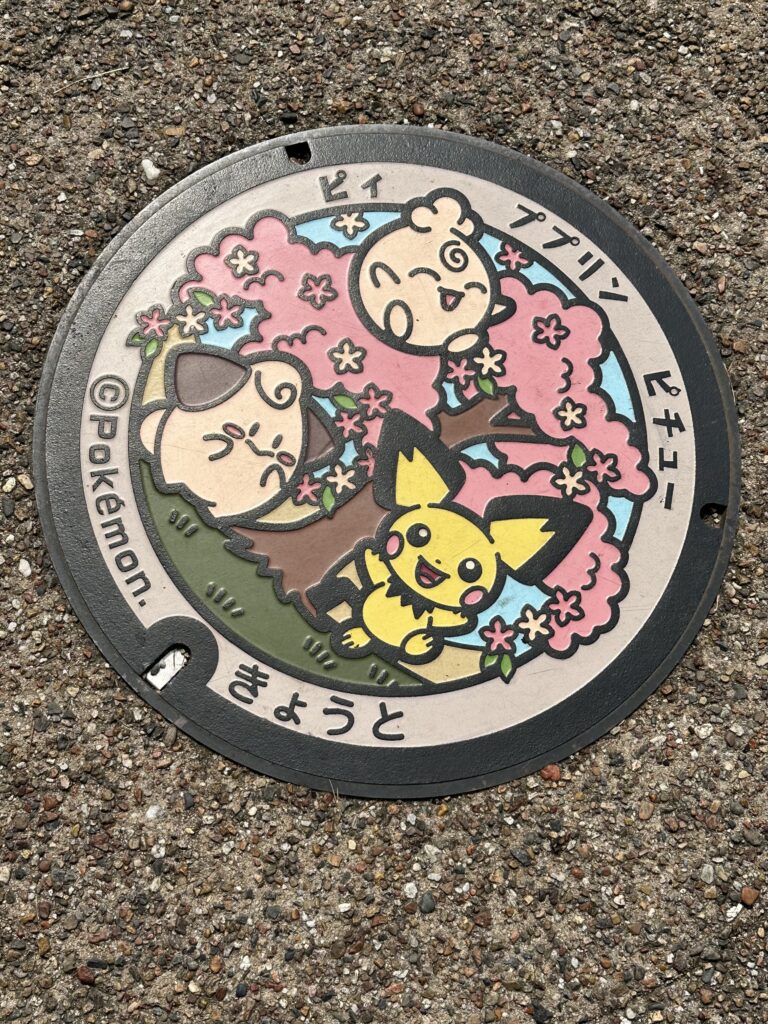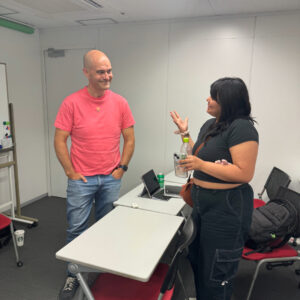

Walking through Tokyo, one can’t miss the sakura-adorned maintenance holes.
Their intricate designs began adorning the streets in the 1950s but didn’t take off until the 1980s. Following the reconstruction post-World War II, Japan experienced great economic growth. During this time, industrial wastewater and sewerage works were not effectively regulated. This led to heavy pollution in Japan’s rivers and lakes — pollution so devastating, people got sick and, in some cases, died.
Yasutake Kameda, an employee of the Ministry of Construction, sought to find a solution to this national crisis. How did he do it?
Through art!
In 1985, Kameda proposed that cities allow their citizens to submit utility hole cover designs to get the funds necessary for sewerage projects. This unique form of street art incorporates elements of local pride, such as historic events, folklore, agriculture and biodiversity. Each detail on a Japanese maintenance cover captures the character and history of its city. So, it makes sense that Tokyo’s utility covers feature sakura to highlight the city’s gorgeous blooming season.
In 1977, Okinawa was the first prefecture to install a designed utility cover, which featured a gaara, otherwise known as a giant trevally, which is a type of freshwater fish. Kameda believed that displaying fish on utility covers would “show fish happily swimming in waters purified by the sewerage system.” By encouraging public involvement, citizens were more accepting of the costly public work on the municipal sewer system. Since then, the country and tourists have become fascinated with the artistry displayed on maintenance hole covers.
An entire movement of “manholers” emerged, dedicated to traveling Japan in search of the most unique utility covers. In 2014, a Manholer Summit was organized and has since been held annually in the Saitama prefecture to showcase new designs. The summit is a one-day event held each year in Tokorozawa at the Tokorozawa Sakura Town. Tokorozawa was the home of the former sewage treatment facility. At the summit, various items, such as cards, coasters and keychains are sold with maintenance cover designs found across the country.
In 2019, the Poke-Lid project brought Pokémon characters to the streets of areas not often visited by tourists. By displaying the world-famous pocket monsters, visitors are encouraged to “catch ’em all”— just like one would in the Nintendo video games— and scout out parts of Japan they would have otherwise missed out on. On the Poké-Lid website, a map breaks up each region by city and shows hunters where these unique utility covers are.

Kameda turned an “out of sight, out of mind” issue into a creative, unifying project, while simultaneously addressing the ecological crisis in Japan.
It’s incredible how Kameda took an everyday object and turned it into a work of art and culture. This just goes to show that no idea is too outlandish to come to fruition.








